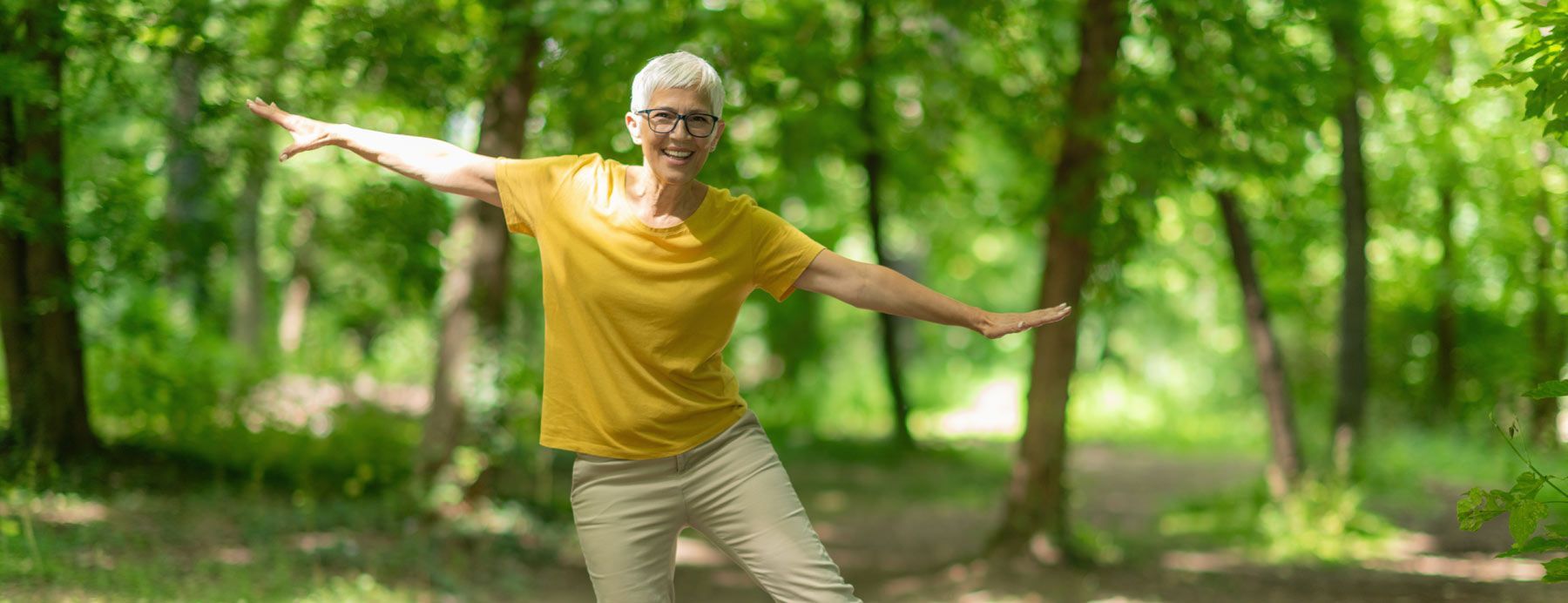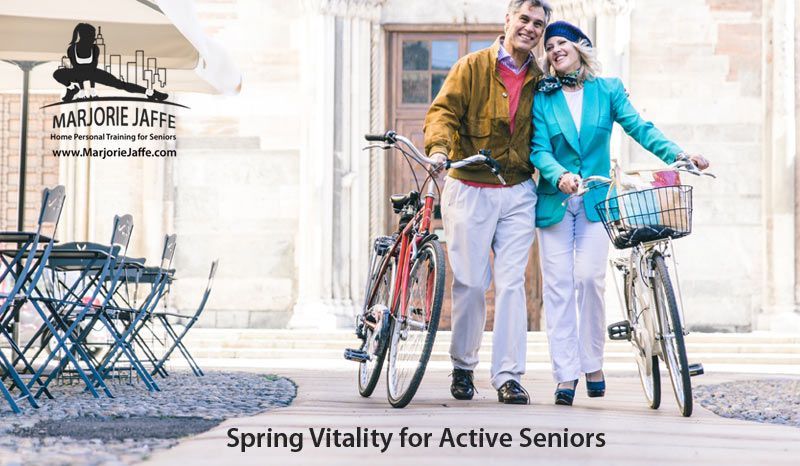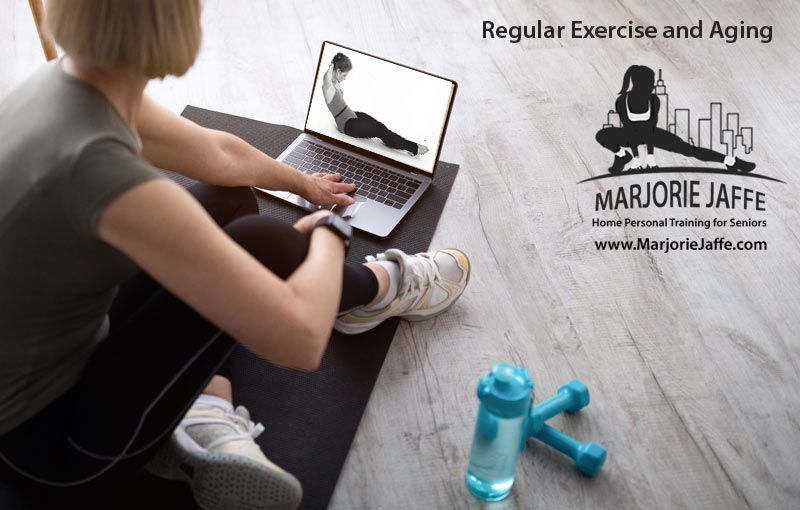Balance and Stability in Seniors: The Vital Role of Regular Exercise
As seniors and the elderly age, maintaining balance and stability becomes increasingly important to prevent falls and injuries. Regular exercise plays a crucial role in improving muscle strength, coordination, flexibility, and overall physical fitness, ultimately enhancing quality of life. In this article, we will explore the significance of incorporating exercise into the daily routine of older adults to promote better balance and stability.

The Impact of Aging on Balance and Stability
As we age, our bodies naturally go through changes that can affect our balance and stability. These changes can increase the risk of falls, which can have serious consequences for seniors and the elderly. Regular exercise is one of the most effective ways to counteract these changes and improve balance and stability in older adults. In this article, we will explore the importance of regular exercise for balance and stability in seniors and the elderly.
Why balance and stability is important for seniors and the elderly
Balance and stability are crucial for seniors and the elderly because they help prevent falls and injuries. Falls are a leading cause of injury and death among older adults, and they can have serious physical, emotional, and financial consequences. Improving balance and stability can reduce the risk of falls and help seniors maintain their independence and quality of life.
In addition to preventing falls, balance and stability are important for everyday activities such as walking, standing, and getting in and out of chairs. Good balance and stability can also improve posture, reduce joint pain, and increase overall mobility.
How aging affects balance and stability
As we age, several factors can contribute to a decline in balance and stability. These include changes in vision, muscle strength, joint flexibility, and coordination. Age-related conditions such as arthritis, osteoporosis, and neuropathy can also affect balance and stability.
As we get older, our bodies may also lose muscle mass and bone density, which can make it harder to maintain balance and stability. The loss of muscle mass can weaken the muscles in the legs, hips, and core that are important for balance and stability. In addition, changes in the inner ear, which is responsible for balance, can also affect our ability to stay upright.
How exercise can help improve balance and stability in seniors and the elderly
Regular exercise is one of the most effective ways to improve balance and stability in seniors and the elderly. Exercise can help strengthen the muscles that are important for balance and stability, including the legs, hips, and core. It can also improve flexibility, coordination, and overall physical fitness. There are many different types of exercises that can help improve balance and stability in older adults. These include:
- Strength training - Strength training exercises, such as squats, lunges, and leg lifts, can help strengthen the muscles in the legs, hips, and core that are important for balance and stability.
- Balance exercises - Balance exercises, such as standing on one leg, walking heel-to-toe, and using a balance board, can help improve stability and coordination.
- Flexibility exercises - Flexibility exercises, such as yoga or stretching, can help improve joint flexibility and range of motion, which can aid in maintaining balance.
- Cardiovascular exercise - Cardiovascular exercise, such as walking, swimming, or cycling, can improve overall physical fitness and endurance, which can help reduce the risk of falls.
- Tai Chi - Tai Chi is a low-impact, gentle form of exercise that incorporates slow, flowing movements and deep breathing. It has been shown to improve balance, strength, and flexibility in older adults.
The American College of Sports Medicine recommends that older adults engage in at least 150 minutes of moderate-intensity aerobic exercise per week, as well as two or more days of strength training exercises. It is important to consult with a healthcare provider before starting a new exercise program, especially if you have any underlying health conditions.
In addition to structured exercise programs, it is important for older adults to stay active throughout the day. Simple activities such as walking, gardening, and taking the stairs can also help improve balance and stability.
Benefits of regular exercise for balance and stability in seniors and the elderly
Regular exercise offers a wide range of benefits for balance and stability in seniors and the elderly. These include:
- Improved muscle strength: Strength training exercises can help improve muscle strength in the legs, hips, and core, which are important for balance and stability.
- Better coordination: Balance exercises can help improve coordination and proprioception, which is the body's ability to sense its position in space.
- Increased flexibility: Flexibility exercises can improve joint flexibility and range of motion, which can help prevent falls and injuries.
- Enhanced cardiovascular fitness: Cardiovascular exercise can improve overall physical fitness and endurance, which can help reduce the risk of falls.
- Reduced risk of falls: By improving balance, strength, and coordination, regular exercise can help reduce the risk of falls and injuries in older adults.
- Improved quality of life: Regular exercise can improve overall physical and mental well-being, which can lead to a better quality of life for seniors and the elderly.
Conclusion
Regular exercise is essential for maintaining balance and stability in seniors and the elderly. By incorporating a variety of exercises into their daily routine, older adults can improve muscle strength, coordination, flexibility, and cardiovascular fitness, which can help prevent falls and injuries. It is never too late to start exercising, and even small changes in activity levels can have a big impact on balance and stability.
Consult with a healthcare provider or senior fitness professional to develop a safe and effective exercise program that meets your individual needs and goals. By prioritizing regular exercise, older adults can improve their overall quality of life and maintain their independence as they age. Remember, it's never too late to start reaping the benefits of exercise for balance and stability!










